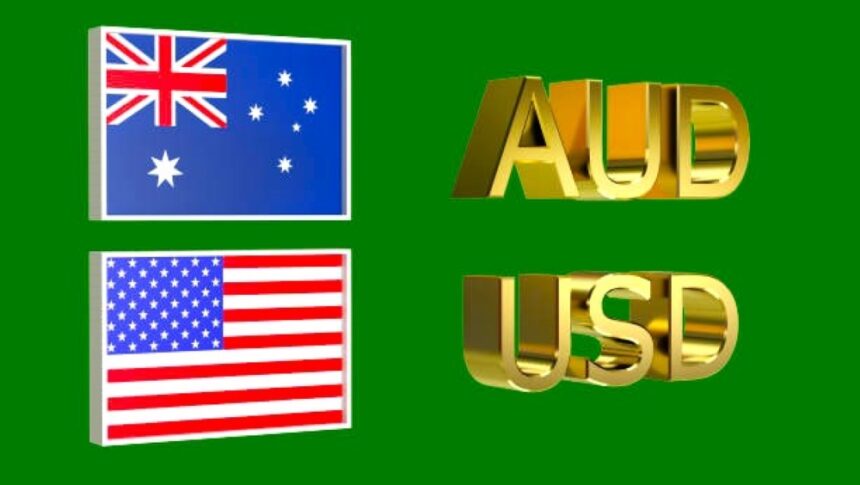Australian dollar sank after China’s Manufacturing PMI dropped to 49.5 in May.
The Australian Dollar (AUD) lost ground on Friday as China’s NBS Purchasing Managers Index (PMI) data came in weaker than predicted. Given Australia and China’s tight trading ties, changes in the Chinese economy can have a considerable impact on the Australian market. However, the AUDUSD pair had gained momentum earlier in the day. As the US Dollar (USD) suffered from a slowdown in the US economy.
The Australian dollar may rise as a result of hawkish mood surrounding the RBA’s decision to raise interest rates again.
The AUD also found support as monthly inflation rose to 3.6%, heightening the risk that the Reserve Bank of Australia (RBA) will need to raise interest rates again. Investors expect the RBA to keep interest rates high for an extended period of time. With no rate cuts forecast until May of next year.
The US dollar recovers amid lower US Treasury yields ahead of Core PCE on Friday.
The US Dollar Index (DXY), which measures the US dollar against six major currencies, was pressured by a decline in US Treasury yields. This could be linked to the US GDP’s annualized growth rate being reduced lower to 1.3% from 1.6% in the first quarter. Traders are likely to focus on the Federal Reserve’s favorite inflation indicator. The Core Personal Consumption Expenditures (PCE) Price Index, which will be issued on Friday.
Daily Market Movers: Australian Dollar Trims Gains Following Lower China PMI.
China’s NBS Manufacturing Purchasing Managers Index (PMI) dipped to 49.5 in May from 50.4 in April. Falling short of market expectations of a rise to 50.5. Meanwhile, the Non-Manufacturing PMI fell to 51.1 from 51.2, falling short of the expected 51.5.
Australia’s Private Capital Expenditure climbed by 1.0% in Q1, beating estimates of a 0.5% increase and above the previous quarter’s 0.9% increase.
According to Bloomberg, RBA Assistant Governor Sarah Hunter stated at a conference in Sydney on Thursday. That “inflationary pressures” remain the key issue. “We’re very mindful of that.” Hunter also noted that the RBA Board is concerned about inflation staying beyond the target range of 1% to 3%.This suggests that inflationary pressures will persist. Wage growth appears to be nearing its pinnacle.
According to Bloomberg, Atlanta Fed President Raphael Bostic indicated on Wednesday. That the path to 2% inflation is uncertain and that the breadth of price hikes remains large.
Australia’s Monthly Consumer Price Index grew 3.6% year on year.
In April, Australia’s Monthly Consumer Price Index grew 3.6% year on year. Beating expectations of 3.4% and the prior figure of 3.5%.
On Tuesday, Neel Kashkari, President of the Federal Reserve Bank of Minneapolis, signaled. That a rate hike was still feasible. Kashkari stated, “I don’t think anybody has taken rate increases off the table,” and expressed uncertainty about the disinflationary process, predicting only two rate cuts, according to MSN.
The US Housing Price Index (MoM) in March disappointed. With March’s result reaching It came in at 0.1% versus 1.2% in February, when 0.5% was forecast.









